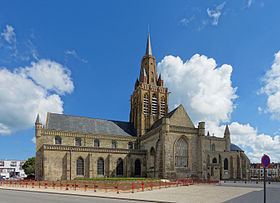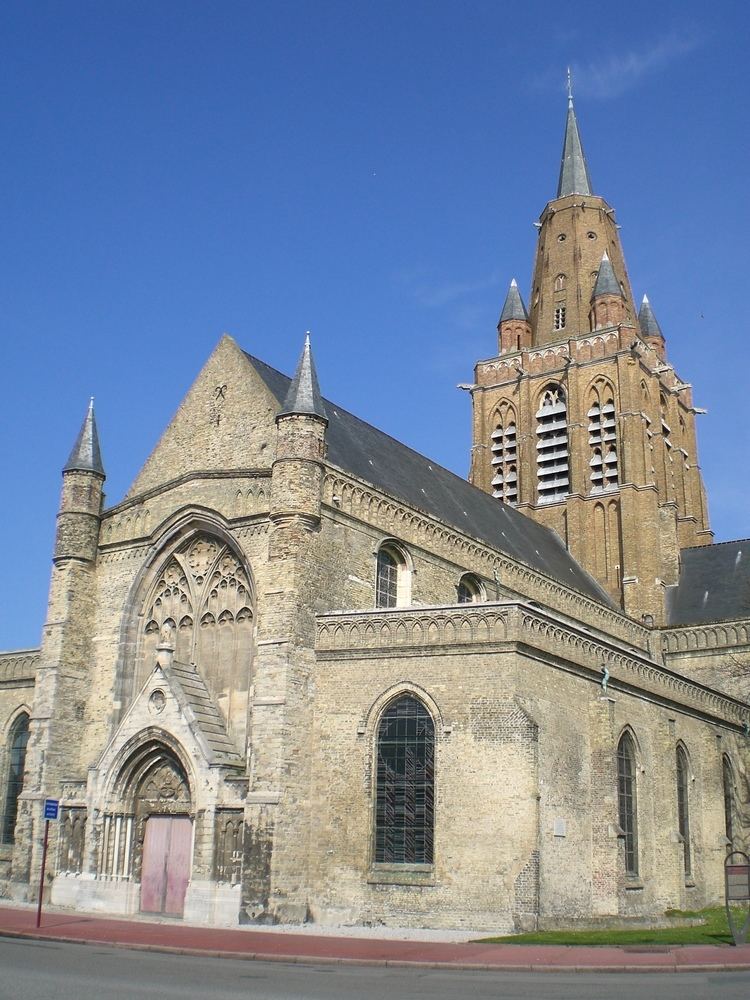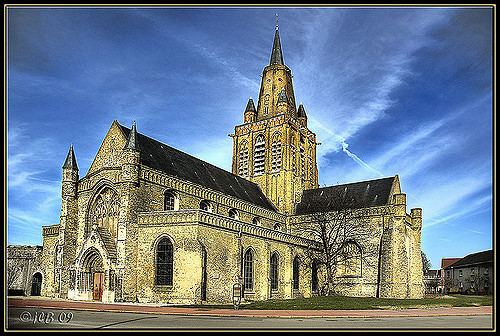 | ||
Similar Tour du Guet, Calais Lighthouse, Musée des beaux‑arts de Calais, Calais lace museum, The Burghers of Calais | ||
L glise notre dame de calais
Église Notre-Dame ("The Church of Our Lady") is a Roman Catholic parish church located on Rue de la Paix, in Calais, department of Pas-de-Calais, in northern France. In the Tudor architectural tradition, it dates from the 12th century, and chiefly from the 14th century.
Contents
- L glise notre dame de calais
- Visite de l glise notre dame de calais
- History
- Architecture and fittings
- References

Visite de l glise notre dame de calais
History
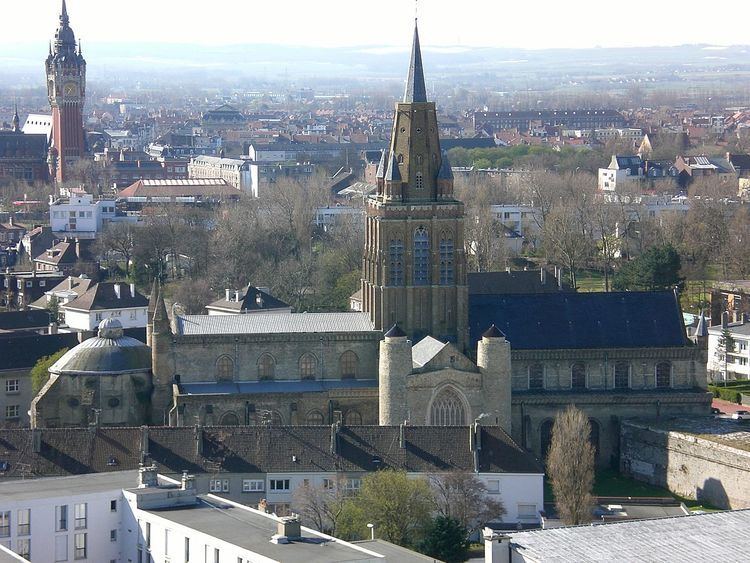
The church was damaged during the early wars between France and England, especially in 1346-47, after the Battle of Crécy. Many of the kings and queens of France and England prayed here; and John Bourchier, 2nd Baron Berners is buried in the church choir. It was classified as a historical monument on September 13, 1913. Charles de Gaulle and Yvonne Vendroux were married in the church in 1921.
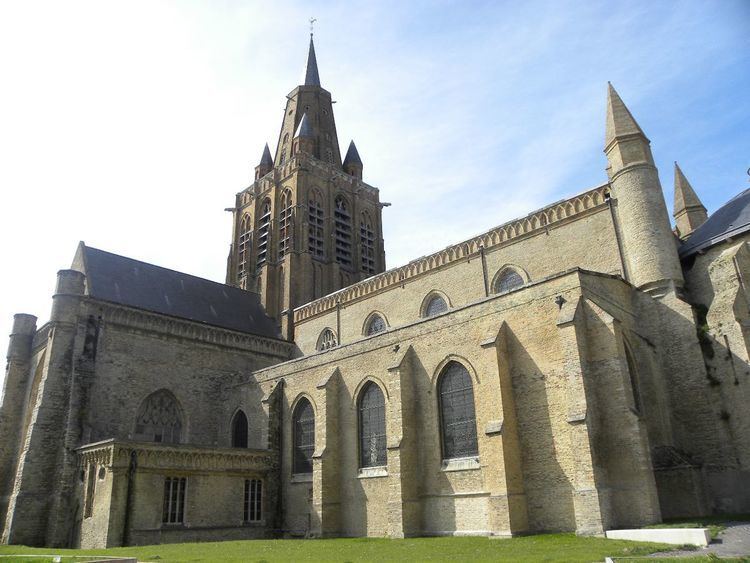
The tower of Notre Dame church was used as an observation point for the Anglo-French Survey (1784–1790), which used trigonometry to calculate the precise distance between the Paris Observatory and the Royal Greenwich Observatory. Cross-channel sightings were made in September and October 1787 of signal lights at Dover Castle and Fairlight Down, and vice versa.
Architecture and fittings
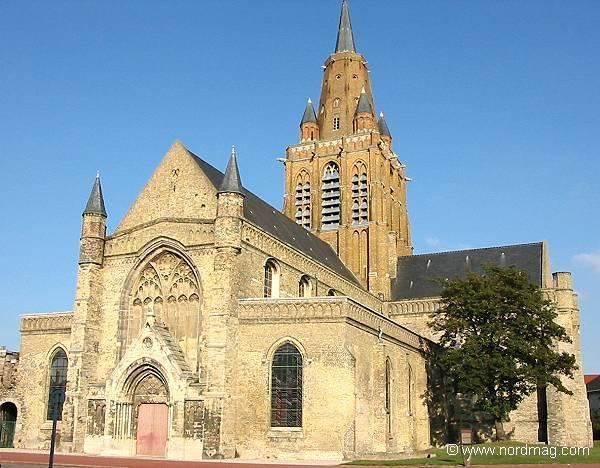
The church is large and has a fortress-like appearance. Its layout is in the shape of a Latin cross. There is a large nave with aisles, north and south transepts, a choir with choir-aisles, and a side chapel. A notable feature is the high altar, mostly completed by 1626, which has carvings and bas-relief. A pedestal and a statue are dated 1628, while two other statues were added in 1629, and the balustrades finished in 1648. Among the works of art is a painting by Peter Paul Rubens of the Descent from the Cross.
